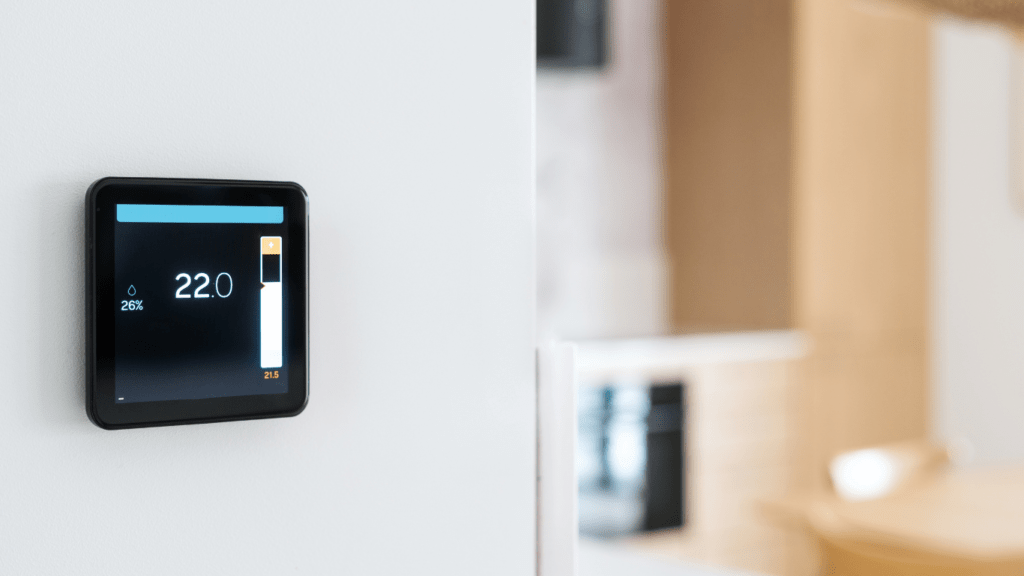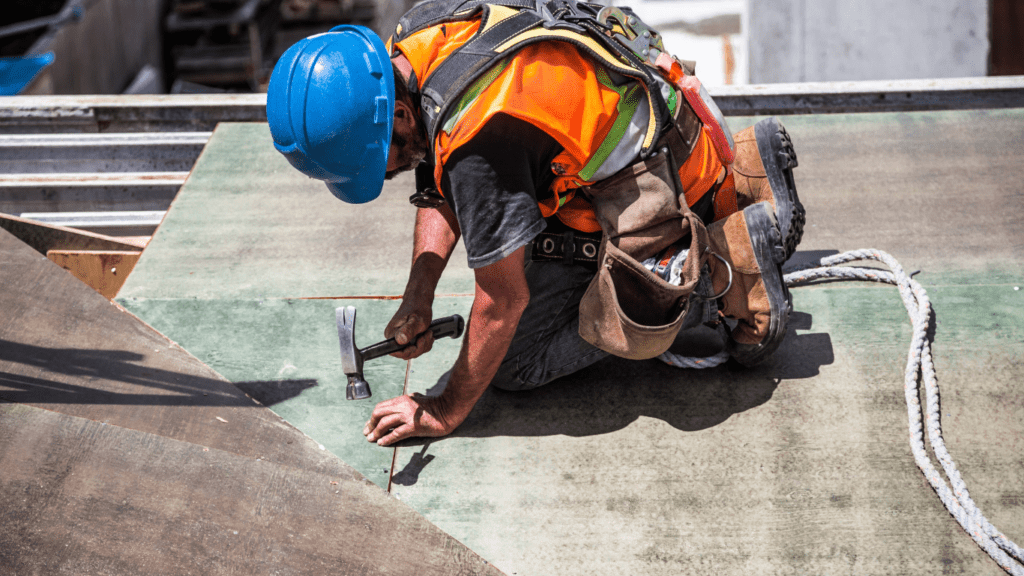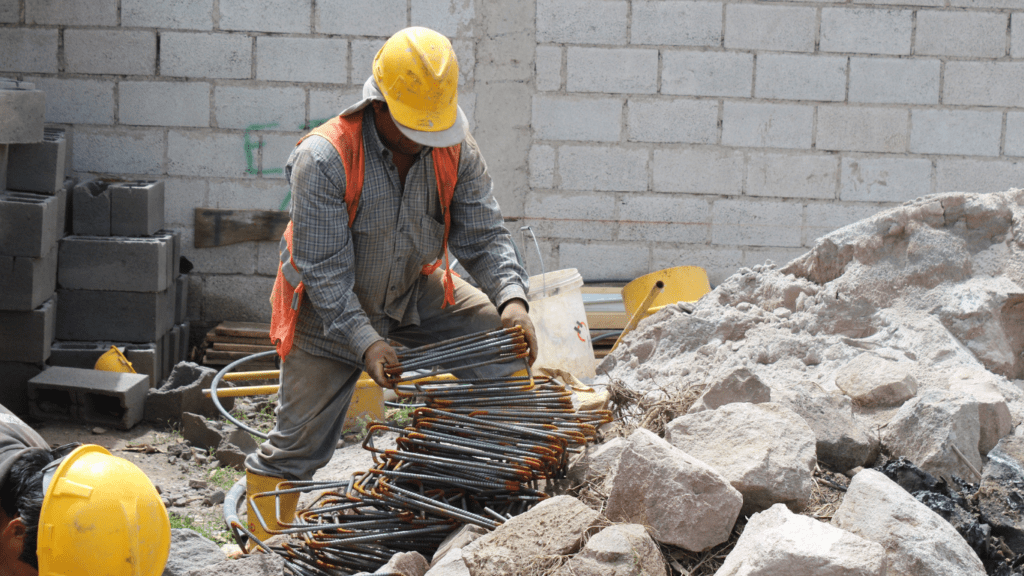In today’s fast-paced world, finding innovative solutions to reduce energy consumption is crucial. Smart thermostats have emerged as a game-changer in the quest for energy efficiency. As an expert in sustainable living, I’ve witnessed firsthand the significant impact these devices can have on lowering energy usage.
With smart thermostats, homeowners can effortlessly control their heating and cooling systems, optimizing energy usage based on their preferences and schedules. This not only enhances comfort but also leads to substantial cost savings on energy bills.
As I delve into the role of smart thermostats in reducing energy consumption, I’ll explore the latest technologies and strategies that make these devices indispensable in creating eco-friendly and energy-efficient homes.
Benefits of Smart Thermostats
Enhancing energy efficiency is crucial in today’s world, and smart thermostats play a pivotal role in achieving this goal. Smart thermostats offer numerous benefits that can positively impact both the environment and your wallet. Here are some key advantages of incorporating smart thermostats into your home:
- Increased Energy Savings: Smart thermostats help optimize energy usage by automatically adjusting temperature settings based on your habits and preferences. This intelligent technology ensures that your heating and cooling systems operate efficiently, reducing energy waste and resulting in lower utility bills.
- Remote Accessibility and Control: With smart thermostats, you can control your home’s temperature settings from anywhere using a mobile app or a web portal. Whether you’re at work, on vacation, or simply relaxing in another room, you can easily monitor and adjust the temperature remotely, ensuring comfort and efficiency.
- Adaptive Learning Capabilities: Smart thermostats utilize advanced algorithms and sensors to learn your heating and cooling patterns over time. By analyzing your behaviors and temperature adjustments, these devices can automatically create a customized schedule that maximizes comfort while minimizing energy consumption.
- Integration with Smart Home Systems: Smart thermostats seamlessly integrate with other smart home devices and systems, allowing for a holistic approach to home automation. By synchronizing your thermostat with smart lighting, security systems, and more, you can create a connected ecosystem that enhances convenience, energy efficiency, and overall home management.
- Environmental Impact: By reducing energy waste and optimizing heating and cooling operations, smart thermostats contribute to a lower carbon footprint. These devices promote sustainable living practices by improving energy efficiency and minimizing greenhouse gas emissions associated with excessive energy consumption.
Incorporating a smart thermostat into your home not only enhances comfort and convenience but also aligns with sustainable living practices. With their energy-saving features, remote accessibility, learning capabilities, integration with smart home systems, and positive environmental impact, smart thermostats are a valuable investment for eco-conscious homeowners.
Energy Saving Features
Smart thermostats boast advanced features that contribute significantly to reducing energy usage, making them valuable tools for eco-conscious homeowners like myself. Let’s delve into the specifics:
Learning Algorithms
Smart thermostats are equipped with learning algorithms that analyze users’ habits and preferences, adjusting temperature settings accordingly. By adapting to individual behaviors, these devices optimize energy usage, ensuring efficient heating and cooling without unnecessary waste.
For example, after a period of time, a smart thermostat may anticipate when I typically lower the temperature at night and begin doing so automatically.
Remote Access
One of the key energy-saving features of smart thermostats is their remote access functionality. With this capability, I can control my home’s temperature settings from anywhere using a mobile app. This allows me to adjust the heating or cooling when I’m away, ensuring that I’m not wasting energy on an empty house.
For instance, if I forget to turn down the thermostat before leaving for a weekend trip, I can easily do so remotely to avoid unnecessary energy consumption.
Compatibility with HVAC Systems
Smart thermostats offer compatibility with a variety of HVAC systems, making them versatile solutions for homeowners looking to enhance energy efficiency. These devices can typically work with a wide range of heating, ventilation, and air conditioning setups commonly found in residential properties.
- Smart thermostats support most HVAC systems, including central heat and air, heat pumps, dual fuel systems, and more.
- They are designed to accommodate both traditional systems and newer, high-efficiency models, ensuring broad compatibility across different configurations.
- Compatibility is a crucial factor to consider when choosing a smart thermostat, as it determines whether the device can effectively control and optimize the operation of your HVAC system.
By integrating seamlessly with various HVAC setups, smart thermostats provide users with the flexibility to manage their home’s temperature efficiently. Whether you have a conventional heating and cooling system or a more advanced HVAC setup, these devices can adapt to meet your specific needs, contributing to reduced energy usage and enhanced comfort.
Installation and Setup Process
When it comes to setting up a smart thermostat, it’s a straightforward process that can typically be done by homeowners without professional assistance. Follow these steps to ensure a smooth installation and setup:
- Check Compatibility: Before purchasing a smart thermostat, it’s essential to verify compatibility with your current heating and cooling system. Most smart thermostats work with standard HVAC systems, but checking beforehand avoids any compatibility issues.
- Turn Off Power: Start by turning off the power to your HVAC system to ensure safety during installation. This step is critical before handling any wiring.
- Remove Old Thermostat: Carefully remove your existing thermostat from the wall, making note of the wire terminals it’s connected to. This information will be important when installing the new smart thermostat.
- Install New Thermostat Base: Follow the manufacturer’s instructions to install the base of the smart thermostat. Secure it to the wall and connect the wires according to the labels for each terminal.
- Connect to Wi-Fi: Once the base is securely in place, connect the smart thermostat to your home’s Wi-Fi network. This step enables remote access and control via the manufacturer’s app.
- Complete Setup on App: Download the manufacturer’s app on your smartphone and follow the on-screen instructions to complete the setup process. This involves creating an account, connecting the thermostat to the app, and personalizing your preferences.
- Set Temperature Schedule: Take advantage of the smart thermostat’s scheduling features to optimize energy usage. Create a heating and cooling schedule that aligns with your daily routine for maximum efficiency.
- Enable Learning Features: Many smart thermostats have learning capabilities that adapt to your behavior over time. Enable these features to allow the thermostat to automatically adjust temperature settings based on your preferences and schedule.
By following these steps, I was able to install and set up my smart thermostat effortlessly, bringing the benefits of energy savings and enhanced comfort to my home.




